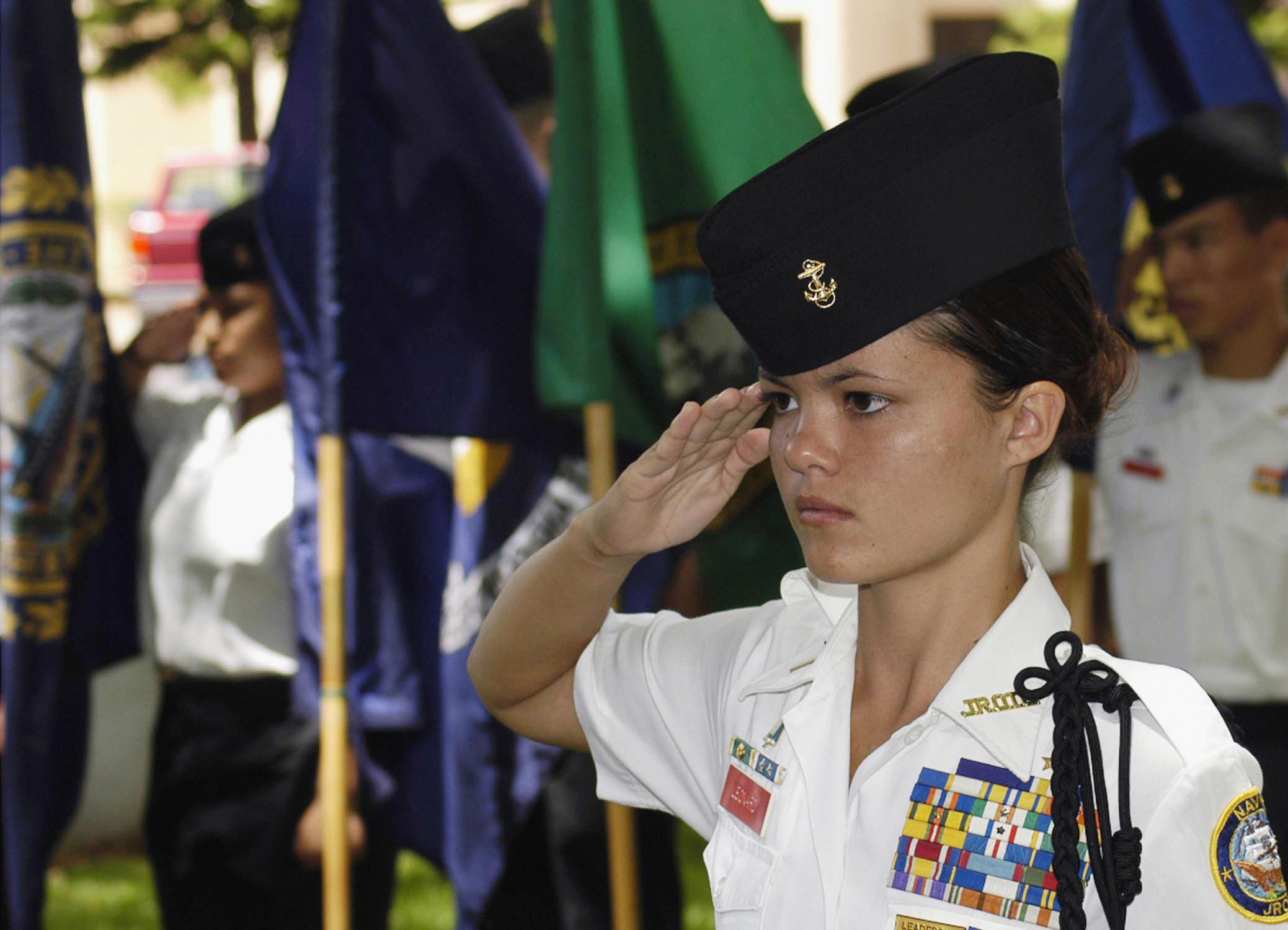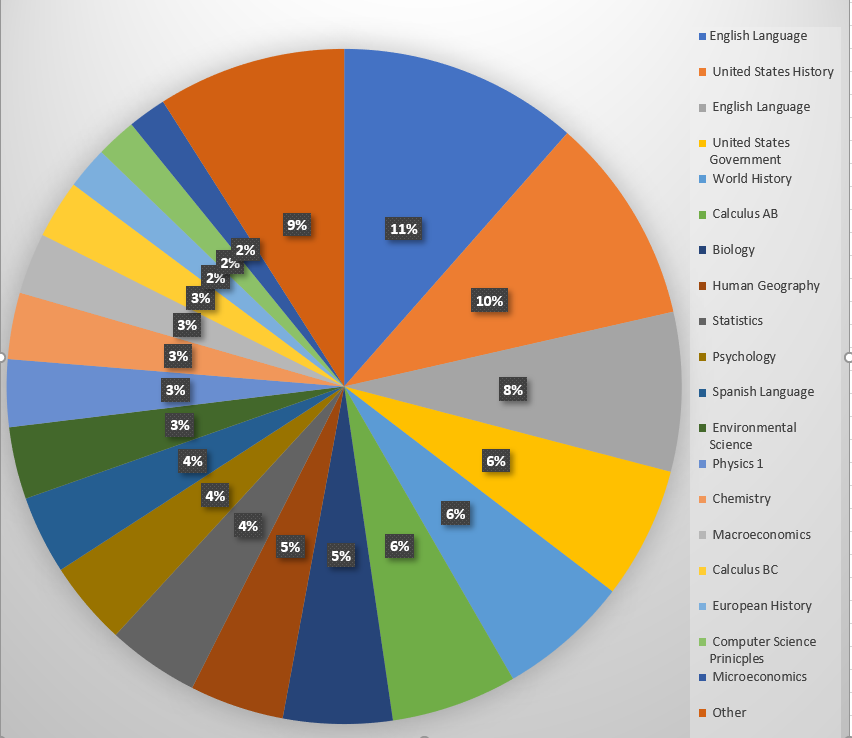|
Humble High School
Humble High School (HHS) is a secondary school in the Humble Independent School District in Humble, Texas, United States. It serves grades 9 through 12 for the city of Humble, the Moonshine Hill area of Houston, and unincorporated communities north of Beltway 8. The campus serves the entire Humble area and the western part of Atascocita. In 2016, a portion of the upstairs main building was refurbished for the rezoning of Quest Early College High School (QECHS) completely independent from HHS. History Before 1918, students attended a single building, the Humble School, which housed grades 1-11. The first high school graduates in Humble graduated from this school in 1911. The first school building, Humble High School, opened in 1918 on Higgins Avenue. In 1929, it was relocated to a new building, next door, as Charles Bender High School. It became Humble High School again and moved to its present location at 1700 Wilson Road, in 1965. The original Charles Bender High School b ... [...More Info...] [...Related Items...] OR: [Wikipedia] [Google] [Baidu] |
Humble, Texas
Humble ( ) is a city located in the Greater Houston, Houston metropolitan area. Humble became an Boomtown, oil boomtown in the early 20th century when oil was first discovered there in 1904. By 1905, the Humble oilfield was the largest producing oilfield in Texas. Humble was home of Humble Oil, The Humble Oil and Refining Company, a predecessor of Exxon. As of the 2020 United States Census, 2020 census, the city population was 16,795. History The first settlers began moving into the Humble area in the early 19th century. Joseph Dunman is believed to be the first settler in 1828. A ferry was built nearby, across the San Jacinto River (Texas), San Jacinto River. The area of Humble became a center for commercial activity due to the region's large petroleum, oil industry. The city got its name from one of the original founders/settlers, Pleasant Smith Humble, who opened the first post office in his home and later served as justice of the peace. In 1883, a city directory reported ... [...More Info...] [...Related Items...] OR: [Wikipedia] [Google] [Baidu] |
French Language
French ( or ) is a Romance language of the Indo-European family. It descended from the Vulgar Latin of the Roman Empire, as did all Romance languages. French evolved from Gallo-Romance, the Latin spoken in Gaul, and more specifically in Northern Gaul. Its closest relatives are the other langues d'oïl—languages historically spoken in northern France and in southern Belgium, which French (Francien) largely supplanted. French was also influenced by native Celtic languages of Northern Roman Gaul like Gallia Belgica and by the ( Germanic) Frankish language of the post-Roman Frankish invaders. Today, owing to France's past overseas expansion, there are numerous French-based creole languages, most notably Haitian Creole. A French-speaking person or nation may be referred to as Francophone in both English and French. French is an official language in 29 countries across multiple continents, most of which are members of the '' Organisation internationale de la Francopho ... [...More Info...] [...Related Items...] OR: [Wikipedia] [Google] [Baidu] |
Key Club
Key Club International, also called Key Club, is an international service organization for high school students. As a student-led organization, Key Club's goal is to encourage leadership through serving others. Key Club International is the high school branch of the Kiwanis International family, classifying as a Service Leadership Program and more specifically as a Kiwanis Youth Program. Many Key Clubs are sponsored by a local Kiwanis club. The organization was started by California State Commissioner of Schools Albert C. Olney and vocational education teacher Frank C. Vincent who work together to establish the first Key Club at Sacramento High School in California on May 7, 1925. Female students were first admitted in 1977, ten years before women were admitted to the sponsoring organization, Kiwanis International. History Origin In California, during the 1920s, adults were concerned with the pernicious side of high school fraternities and sought some means of replacing them ... [...More Info...] [...Related Items...] OR: [Wikipedia] [Google] [Baidu] |
National FFA Organization
National FFA Organization is an American 501(c)(3) youth organization, specifically a career and technical student organization, based on middle and high school classes that promote and support agricultural education. It was founded in 1925 at Virginia Polytechnic Institute, by agriculture teachers Henry C. Groseclose, Walter Newman, Edmund Magill, and Harry Sanders as Future Farmers of Virginia. In 1928, it became a nationwide organization known as Future Farmers of America. In 1988 the name was changed to the National FFA Organization, now commonly referred to as FFA, to recognize that the organization is for students with diverse interests in the food, fiber, and natural resource industries, encompassing science, business, and technology in addition to production agriculture. Today FFA is among the largest youth organizations in the United States, with 850,823 members in 8,995 chapters throughout all 50 states, Puerto Rico, and the Virgin Islands. FFA is the largest of th ... [...More Info...] [...Related Items...] OR: [Wikipedia] [Google] [Baidu] |
Campus Crusade For Christ
Cru (until 2011 known as Campus Crusade for Christ—informally "Campus Crusade" or simply "crusade"—or CCC) is an interdenominational Christian parachurch organization. It was founded in 1951 at the University of California, Los Angeles by Bill Bright and Vonette Zachary Bright. Since then, Cru has expanded its focus to include adult professionals, athletes, and high school students. In 2020, Cru had 19,000 staff members in 190 countries. Campus Crusade for Christ relocated its world headquarters from Arrowhead Springs, San Bernardino, California to Orlando, Florida in 1991. The president of the organization is Steve Sellers. In 2011, Campus Crusade for Christ changed its name to Cru. The name change was intended to avoid association with the word "crusade", which can lead to offense, especially in Muslim countries. A spokesperson for Cru also noted that the organization's work is no longer limited to campuses.. History Early beginnings Campus Crusade for Christ was foun ... [...More Info...] [...Related Items...] OR: [Wikipedia] [Google] [Baidu] |
Marching Band
A marching band is a group of instrumental musicians who perform while marching, often for entertainment or competition. Instrumentation typically includes brass, woodwind, and percussion instruments. Most marching bands wear a uniform, often of a military-style, that includes an associated organization's colors, name or symbol. Most high school marching bands, and some college marching bands, are accompanied by a color guard, a group of performers who add a visual interpretation to the music through the use of props, most often flags, rifles, and sabres. Marching bands are generally categorized by function, size, age, instrumentation, marching style, and type of show they perform. In addition to traditional parade performances, many marching bands also perform field shows at sporting events and marching band competitions. Increasingly, marching bands perform indoor concerts that implement many songs, traditions, and flair from outside performances. In some cases, a ... [...More Info...] [...Related Items...] OR: [Wikipedia] [Google] [Baidu] |
JROTC
The Junior Reserve Officers' Training Corps (JROTC -- commonly pronounced "JAY-rotsee") is a Federal government of the United States, federal program sponsored by the United States Armed Forces in high schools and also in some middle schools across the United States and at US military bases across the world. The program was originally created as part of the National Defense Act of 1916 and later expanded under the 1964 ROTC Vitalization Act. Role and purpose According to Title 10, Section 2031 of the United States Code, the purpose of the Junior Reserve Officers' Training Corps is "to instill in students in [the United States] secondary educational institutions the values of citizenship, service to the United States, and personal responsibility and a sense of accomplishment." Additional objectives are established by the United States Department of Defense#Military Departments and Services, service departments of the United States Department of Defense, Department of Defense. Unde ... [...More Info...] [...Related Items...] OR: [Wikipedia] [Google] [Baidu] |
Lone Star College System
Lone Star College (LSC) is a public community college system serving the northern portions of the Greater Houston, Texas, area. In 2017 it enrolled about 95,000 students. The headquarters of the Lone Star College System are located in The Woodlands and in unincorporated Montgomery County, Texas. History The voters of the Aldine, Spring, and Humble school districts created North Harris County College in 1972 and opened the college for classes in 1973. The district expanded in 1991 to cover neighboring Montgomery County and adopted the new name of North Harris Montgomery Community College District. As the district expanded to include areas outside north Harris and Montgomery Counties, the Board of Trustees decided the District's current name did not adequately define the service area, plus it was hard to remember and was quite lengthy. During the first semester of the 2007 - 2008 school year, trustees initiated a name-change process using an online voting system; among t ... [...More Info...] [...Related Items...] OR: [Wikipedia] [Google] [Baidu] |
STEM Fields
Science, technology, engineering, and mathematics (STEM) is an umbrella term used to group together the distinct but related technical disciplines of science, technology, engineering, and mathematics. The term is typically used in the context of education policy or curriculum choices in schools. It has implications for workforce development, national security concerns (as a shortage of STEM-educated citizens can reduce effectiveness in this area) and immigration policy. There is no universal agreement on which disciplines are included in STEM; in particular whether or not the ''science'' in STEM includes social sciences, such as psychology, sociology, economics, and political science. In the United States, these are typically included by organizations such as the National Science Foundation (NSF), which deals with all matters concerning science and new discoveries in science as it affects development, research, and innovations, the Department of Labor's O*Net online database fo ... [...More Info...] [...Related Items...] OR: [Wikipedia] [Google] [Baidu] |
Advanced Placement
Advanced Placement (AP) is a program in the United States and Canada created by the College Board which offers college-level curriculum, curricula and examinations to high school students. American colleges and universities may grant placement and course credit to students who obtain high scores on the examinations. The AP curriculum for each of the various subjects is created for the College Board by a panel of experts and college-level educators in that Discipline (academia), field of study. For a high school course to have the designation, the course must be audited by the College Board to ascertain that it satisfies the AP curriculum as specified in the Board's Course and Examination Description (CED). If the course is approved, the school may use the AP designation and the course will be publicly listed on the AP Course Ledger. History After the end of World War II, the Ford Foundation created a fund that supported committees studying education. The program, which was then ... [...More Info...] [...Related Items...] OR: [Wikipedia] [Google] [Baidu] |
International Baccalaureate
The International Baccalaureate (IB), formerly known as the International Baccalaureate Organization (IBO), is a nonprofit foundation headquartered in Geneva, Switzerland, and founded in 1968. It offers four educational programmes: the IB Diploma Programme and the IB Career-related Programme for students aged 15 to 19, the IB Middle Years Programme for students aged 11 to 16, and the IB Primary Years Programme for children aged 3 to 12. To teach these programmes, schools must be authorized by the International Baccalaureate. The organization's name and logo were changed in 2007 to reflect new structural arrangements. Consequently, "IB" may now refer to the organization itself, any of the four programmes, or the diploma or certificates awarded at the end of a programme. History Inception When Marie-Thérèse Maurette wrote "Educational Techniques for Peace. Do They Exist?" in 1948, she created the framework for what would eventually become the IB Diploma Programme (IB ... [...More Info...] [...Related Items...] OR: [Wikipedia] [Google] [Baidu] |
.jpg)





